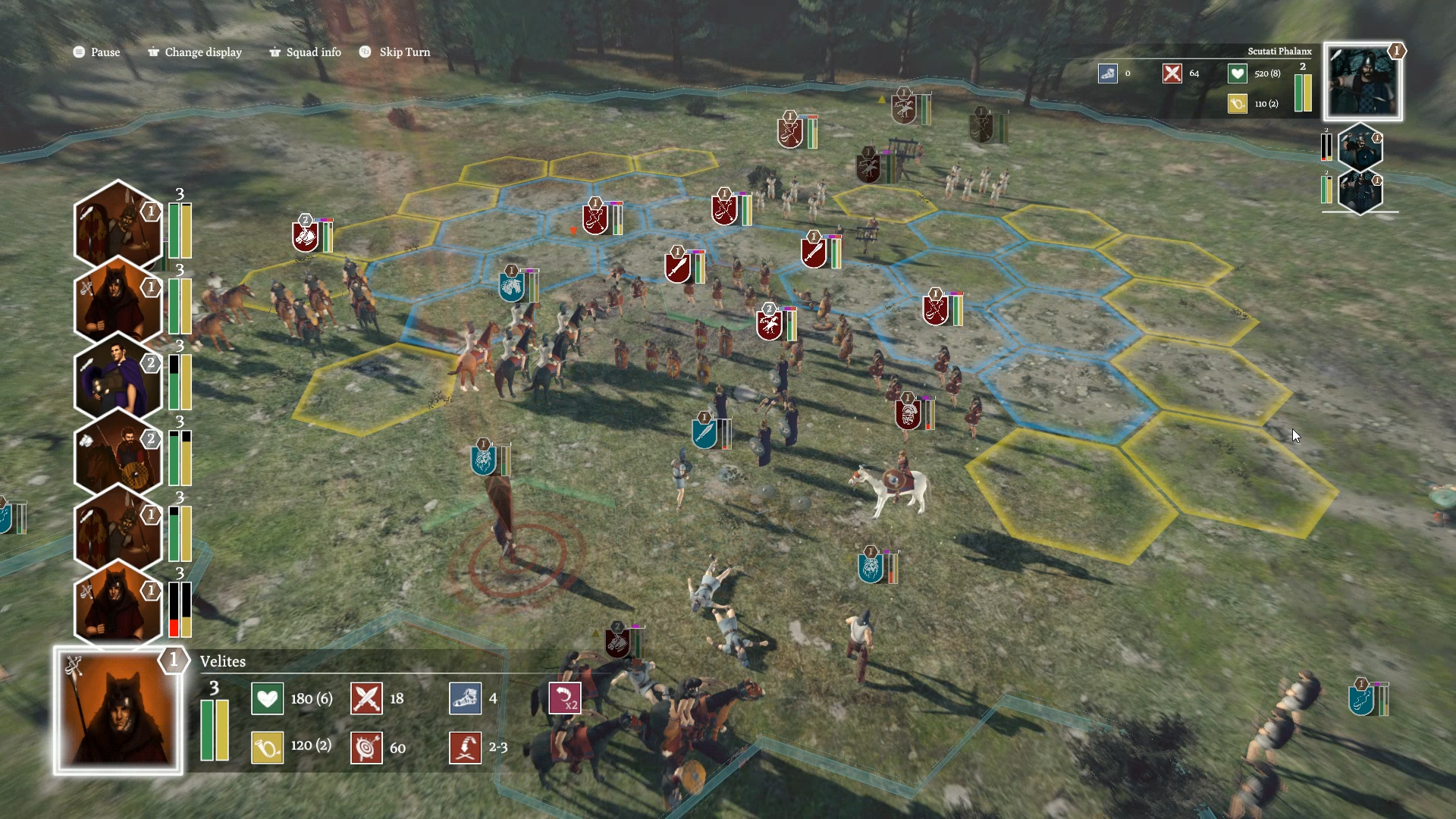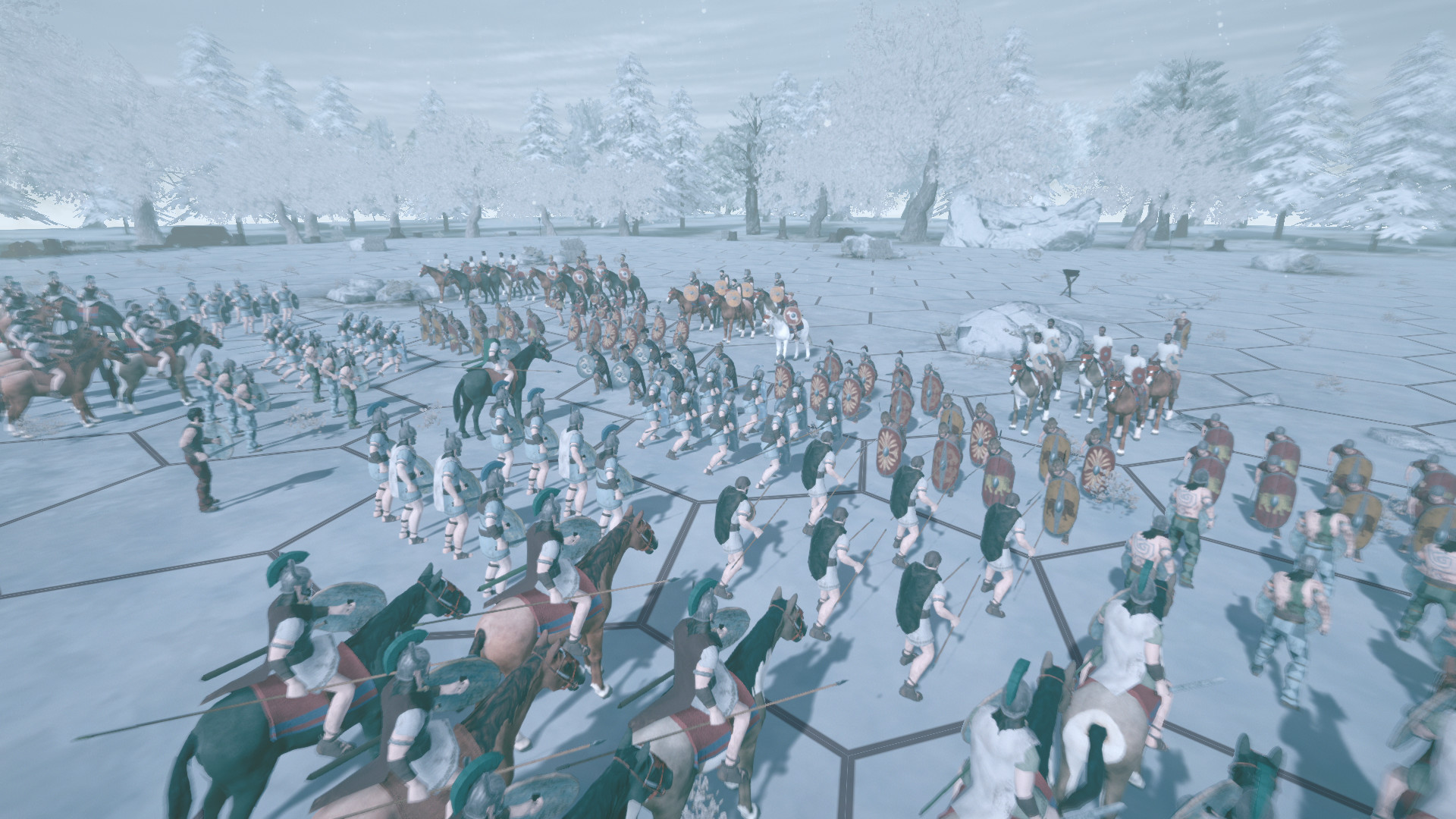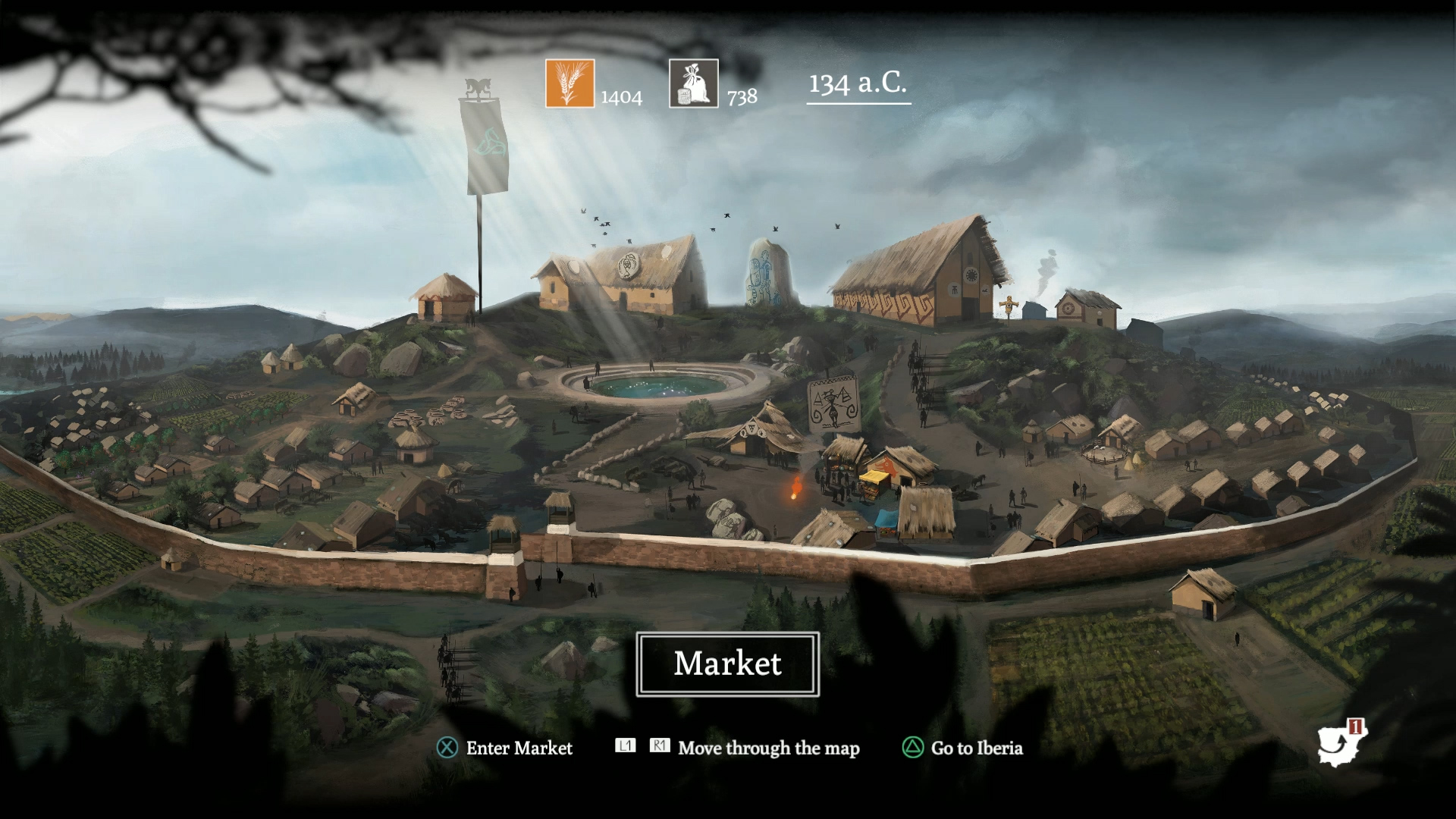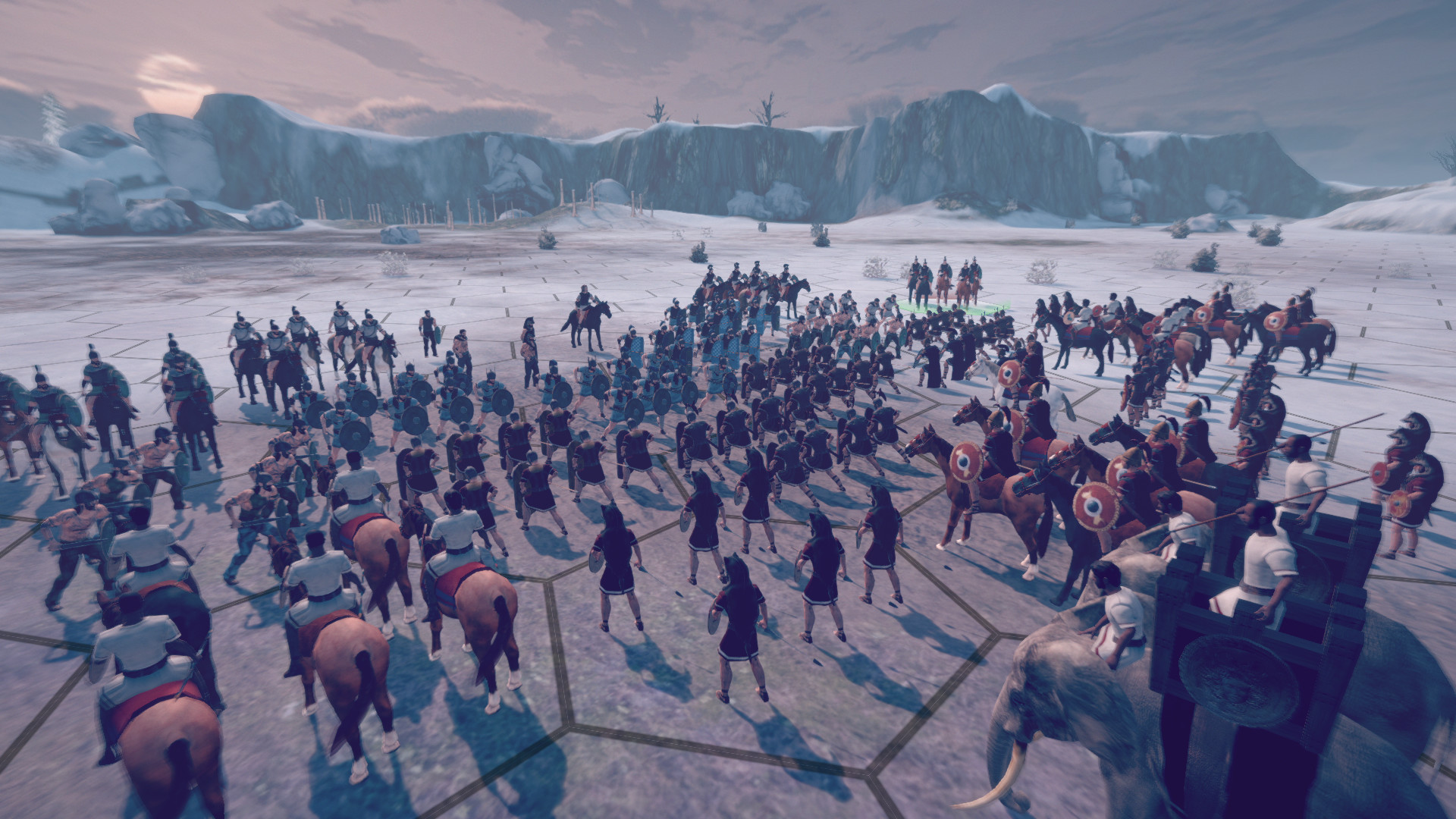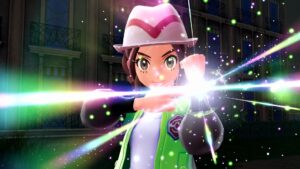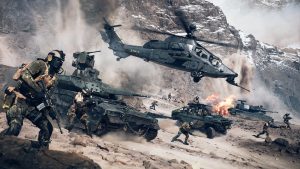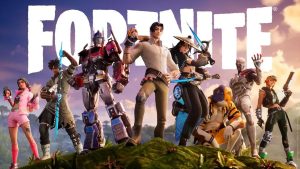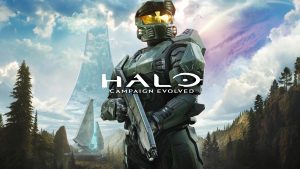
Video games have captured a number of brutal conflicts across several locations throughout the years, from Vietnam and World War 2 to Feudal Japan and Rome. Of course, there are tons of other battles that history has seemingly forgotten, like the Celtiberian wars that saw Numantia hold out against the Roman Republic for two decades. Recotechnology S.L.’s Numantia looks to capture that level of brutal conflict on PC.
GamingBolt spoke to producer Roman Echevarrena about the game including the conflict that inspired it, the two different campaigns that players will get to experience and much more.
"We made Numantians a bit tougher in order to translate their knowledge of the terrain and unorthodox tactics into gameplay mechanics."
Many real time and turn-based strategy games have focused on a number of famous events but what inspired you to go with the war between Rome and Numantia?
It was our intention from the beginning to make a strategy game based on real historical events. However it is hard these days to find anything historical that has not been covered already in previous franchises. After investigating a bit, we found out about the Celtiberian wars, and how the city of Numantia was able to withstand its ground against the Roman Republic for almost 20 years. It was a fascinating story, quite famous here in Spain, which hadn’t been exploited that much in videogames. We did some research, saw the tremendous potential for a TBS game and decided to create Numantia.
What can you tell us about the two different campaigns that players can go through and how deeply they differ in their challenges?
Well, the two campaigns offer a different take on the same conflict as you’ve probably have guessed already: We can side with the Numantians, trying to repel the Roman expansion over the Peninsula, or we can play as the Romans, dealing not only with the Spanish campaign but also with the internal conflicts caused by the politics from the different consuls.
The Numantian campaign is focused on fighting a powerful invader, managing not only the military aspects of said campaign but also taking decisions that will affect the inhabitants of the Celtiberian city. With Rome, the players will face an unknown territory, with its own climate and people, while dealing with the demands from the Roman Senate. Both change gradually as you progress, leading to the infamous Siege of Numantia.
In terms of units, abilities and benefits, how do the Numantians differ from the Roman Empire?
We made Numantians a bit tougher in order to translate their knowledge of the terrain and unorthodox tactics into gameplay mechanics. During the real conflict, Numantians would use forests, hills and the weather in their advantage to attack and retreat, something that confused the Romans very much. The Republic on the other hand, has more units and resources in game. They can sacrifice more units without an economical backlash, as the Senate will always provide for their army.
"Your answers will determine your resources and morale, which will have a direct impact on your management and gameplay."
What did you look for most when designing the heroes for each campaign side? How does the overall story change depending on the hero you choose?
We needed some sort of anchor for the storyline since the it spans for over twenty years. There’s a lot of ground that even the narrator wouldn’t be able to cover, and we didn’t want the players to get lost in the details. The presence of the heroes was essential not only for the story, but for the gameplay as well. Heroes are stronger than regular units, have more health and make a huge difference in the outcome of a battle. The story changes depending on what you want to happen to these heroes: Some events are mandatory as they reflect real events, but some others have to do with their personal issues.. You decide what happens in those.
Along with Termes and Palantia, what are some of the locations that players can travel to and conflicts they can fight in?
There’s Lutia, Coca, Segeda, Intercatia and, of course, Numantia.
Could you explain the game’s Event system and how it pushes the story forward? How important is resource collecting and optimizing one’s troops?
Every episode finishes with a mandatory event that represents a real historical battle. Prior to that, players need to go through a series of events of different nature (diplomatic, military, economic and so on…), deciding what path to take in each one of them. The outcome will vary depending of these choices: You might win or lose resources, morale, troops or even heroes. Your answers will determine your resources and morale, which will have a direct impact on your management and gameplay.
"Numantia tells the story of the twenty years of conflict between Celtiberians and Romans, so there is already a lot of historical content in our game."
How does combat play out in the game and what did you do to ensure the overall accuracy of the animations, weapons, fighting styles, etc.?
It’s a sort of Rock, Paper, Scissors system. Some units are able to overpower others in order to balance gameplay, all based in real warfare situations. For instance, projectile units can seriously damage a Phalanx unit from a distance, whereas the Phalanx unit can withstand the attack of a cavalry unit. Meanwhile, the cavalry unit can inflict a lot of damage to the projectile unit if they get close enough.
Additionally, you can obtain bonuses or penalties depending on how you’re attacking or defending your army. The core of our gameplay are hexagonal hexes: You will obtain an attack bonus if you engage an enemy from the flanks or the rear, but you might suffer a devastating counter attack if you engage a unit head to head.
In terms of story content, how much can players expect in Numantia? Will there be any additional or end-game content that they can engage in as well?
As mentioned previously, Numantia tells the story of the twenty years of conflict between Celtiberians and Romans, so there is already a lot of historical content in our game. We’ve actually expanded that content through several events and an Extra section in the main menu that you can unlock as you progress through the game.
Aside from local multiplayer, will you look at implementing fully online competitive multiplayer at some point?
I’m afraid not, Numantia was planned as an offline experience only. We’re a small studio, so we wanted to focus all our efforts on offering a solid single player experience.
What additional content do you have planned for the game after launch?
We have no additional content planned, as we tell the story of Numantia from start to finish. With that said however, we are open to new content shall the community ask for it.
"I can’t really say, we’re a multiplatform studio. We’ve been happily working with Microsoft from our very beginning."
What resolution and frame rate will the base PS4 run at?
1080p at 30fps.
Can you tell us what frame rate and resolution will the PS4 Pro version run on? What kind of enhancements will it include?
None right now. The announcement of the PS4 Pro caught us during development, so in order to fulfil our deadlines we couldn’t get any enhancements ready. We’re looking into it, but it might take us some time.
Do you think Microsoft can stage a comeback on the shoulders of their most powerful console ever, the Xbox One X?
Sure, why not. Although it’s not really our place to say.
Do you think with the rise of hardware power with the Xbox One X, more developers will flock to Microsoft?
I can’t really say, we’re a multiplatform studio. We’ve been happily working with Microsoft from our very beginning.
Does the Xbox One X appeal to you?
Absolutely.








